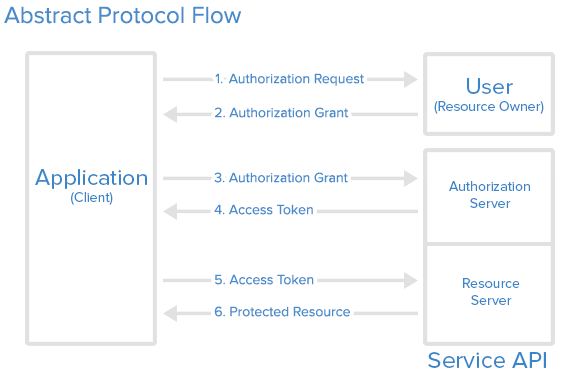Oauth2 Doorkeeper WorkFlow
An Introduction to OAuth 2
Introduction
OAuth 2 is an authorization framework that enables applications to obtain limited access to resources on an HTTP service, such as Facebook, GitHub, and DigitalOcean. It works by delegating user authentication to the service that hosts the resource, and authorizing third-party applications to access the resource. OAuth 2 provides authorization flows for web and desktop applications, and mobile devices.
OAuth Roles
OAuth defines four roles:
* Resource Owner
* Client
* Resource Server
* Authorization Server
We will detail each role in the following subsections.
Resource Owner: User
The resource owner is the user(resource) who authorizes an application to access their account. The application’s access to the user’s account is limited to the “scope” of the authorization granted (e.g. read or write access).
Resource / Authorization Server: API
The resource server hosts the protected user accounts, and the authorization server verifies the identity of the user then issues access tokens to the application. From an application developer’s point of view, a service’s API fulfills both the resource and authorization server roles. We will refer to both of these roles combined, as the Service or API role.
Client: Application
The client is the application that wants to access the user’s account. Before it may do so, it must be authorized by the user, and the authorization must be validated by the API.
Abstract Protocol Flow
Now that you have an idea of what the OAuth roles are, let’s look at a diagram of how they generally interact with each other:

And if you get stuck… Ask Here
email me rajeevsharma86@gmail.com